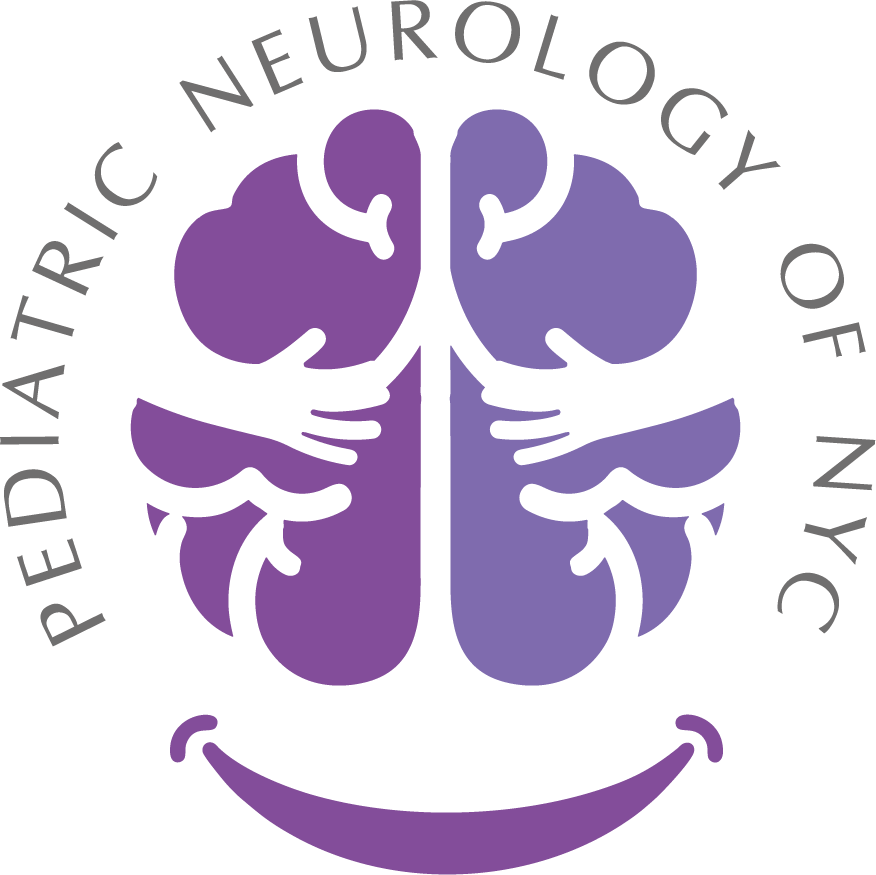Pediatric Cerebrovascular Disorders
Pediatric Cerebrovascular Disorders Treatment in NYC
Many of us have known someone who has had a stroke, or are aware of what a stroke is due to significant campaigns to raise awareness. Of course these educational campaigns are aimed at adults more than children, but it is also important to realize that children can experience strokes as well. Strokes are just one type of cerebrovascular disorder.
What are Pediatric Cerebrovascular Disorders?
Cerebrovascular disorders are conditions that affect the blood flow to the brain or an area of the brain. A stroke is when the blood flow to part of the brain is restricted, most commonly from ischemia, when blood cannot flow through a vessel, and sometimes due to a hemorrhage, when a blood vessel bleeds into the brain impacting the flow to certain areas of the brain. While strokes are most common in adults, they can also occur in children, and even in babies around the time of delivery. The risk factors for stroke in children are often different than in adults and requires the expertise of a pediatric neurologist. Symptoms of cerebrovascular disorders include sudden onset of focal neurologic deficits like difficulty speaking, weakness, numbness, vision loss, amongst others. In the setting of abrupt onset of focal neurologic symptoms, prompt evaluation is critical.
Home » Pediatric Cerebrovascular Disorders
What causes Cerebrovascular Disorders?
Sometimes there can be abnormalities in the blood vessels of the brain that have not caused any injury or stroke, but raise the risk of injury to the brain. These include conditions such as:
Moya Moya disease:
where the blood vessels narrow in the brain leading to poor bloodflow.
Arteriovenous Malformation:
where the blood vessels form abnormally creating a tangle that can bleed.
Congenital Heart Disease:
When the structure or function of the heart is abnormal, this can lead to poor perfusion of the brain, risk for blood clots and strokes
Sickle Cell Disease:
a genetic mutation can lead to abnormal shape of the red blood cells which can impact the ability for blood to flow smoothly throughout the body. This can raise the risk for strokes.
Vasculitis:
inflammation in the blood vessels of the brain can lead to narrowing and poor blood flow. This can be due to autoimmune cause or sometimes in response to an infection like varicella.
Depending on what type of disorder is identified, there may be genetic, environmental and infectious causes that contribute to the abnormality.
How are cerebrovascular disorders diagnosed?
As always, starting with a detailed history and exam is the first step that will help a pediatric neurologist determine if a cerebrovascular disorder is a possibility. Diagnosing pediatric cerebrovascular disorders often involves a combination of clinical assessment, neuroimaging studies (such as MRI or CT scans), and vascular imaging techniques (such as angiography) to visualize blood flow and identify abnormalities. Genetic testing may also be considered to determine underlying causes, especially in cases of familial or genetic predispositions.
What treatment options are there for Cerebrovascular Disorders?
Treatment plans for pediatric cerebrovascular disorders are tailored to the specific condition and its underlying causes. This may include medications to prevent blood clots, surgical interventions to repair vascular abnormalities or improve blood flow, and rehabilitation therapies to optimize neurological recovery and function. Multidisciplinary collaboration involving pediatric neurologists, neurosurgeons, interventional radiologists, and hematologists is often necessary to provide comprehensive care.
Dr. Jamie is an extraordinary patient advocate and has dedicated time to building a large, collaborative and thoughtful network of providers to help patients with these challenging conditions.
Can children overcome Cerebrovascular Disorders?
For families facing pediatric cerebrovascular disorders, navigating the complexities of diagnosis and treatment can be daunting. Timely diagnosis is often the first step, but managing the effects and risks of a cerebrovascular disorder can sometimes be a lifelong process. At Pediatric Neurology of NYC, we understand the time sensitive nature of diagnosis, treatment and recovery and are dedicated to ensuring the best possible treatment plan for your child. Dr. Jamie has extensive experience in the acute neurology setting at premier hospitals and holds clinical appointments at multiple hospitals to help coordinate care as needed.
Please note, if you have a concern for an acute neurologic process like a stroke, calling 911 for emergent evaluation and transportation to a hospital is always an option and seeking prompt and timely evaluation should be the first priority. If you have questions about cerebrovascular disorders, the recovery form an injury or other concerns, call Pediatric Neurology of NYC to set up your consultation today.
Research into pediatric cerebrovascular disorders continues to advance understanding of these conditions, leading to improved diagnostic techniques, treatment options, and outcomes for affected children. By combining clinical expertise with compassionate care, Dr. Jamie and Pediatric Neurology of NYC strive to enhance the quality of life for children with cerebrovascular disorders, supporting their neurological health and overall well-being from infancy through young adulthood.
